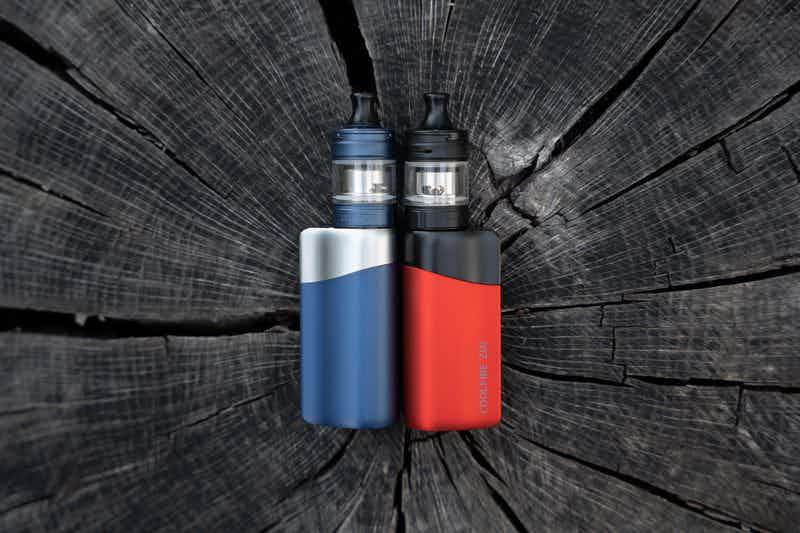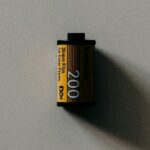How Vape Airflow Design Impacts Flavor Delivery

In the world of vaping, airflow design plays a pivotal role in determining the overall experience and flavor delivery of the device. Modern electronic cigarettes integrate advanced airflow systems that can significantly affect how users perceive flavors, making it crucial for discerning vapers to understand these nuances.
Product Features
Vape devices come equipped with varying airflow mechanisms, including adjustable airflow rings, dual or single airflow channels, and specialized airflow paths designed to optimize vapor production. The layout and size of the airflow openings, along with their positioning on the device, contribute to the effectiveness of flavor delivery. For instance, a device with top airflow may reduce the likelihood of leakage while enhancing flavor concentration, whereas bottom airflow systems often produce thicker clouds but could dilute the flavor intensity.
Usage Experience
The vaping experience largely hinges on the user’s preference for either direct lung inhalation or mouth-to-lung hits. Devices designed for direct lung hits typically feature wider airflow openings, which facilitate a smooth draw and enhanced flavor explosion. In contrast, devices intended for mouth-to-lung usage often provide restricted airflow, allowing users to savor the flavor profile with a cooler vapor. Users frequently report that the richness and clarity of flavors can vary significantly between devices due to these airflow differences.
Competitive Analysis
When comparing various vape devices, brands like Smok, Voopoo, and Vaporesso stand out in terms of airflow technology. Smok’s TFV series, for example, employs a unique top airflow design that minimizes leakage while maximizing flavor. On the other hand, Voopoo’s Drag series models focus on customizable airflow, allowing vapers to find their ideal balance between flavor and cloud production. Vaporesso’s tank systems often showcase intricate airflow designs intended to enhance flavor delivery without compromising vapor volume. Each brand presents a distinctive approach, catering to different preferences within the vaping community.
Advantages and Disadvantages
One of the primary advantages of sophisticated airflow designs is the improved flavor retention and delivery, which is essential for users looking to enjoy complex flavor notes. Dodatno, adjustable airflow can cater to individual preferences, enabling users to tailor their experience. Conversely, a complex airflow system can lead to challenges in maintenance and cleaning, as residue buildup may occur in hard-to-reach areas. Štaviše, devices that focus heavily on flavor delivery might sacrifice cloud production, which can deter users who prioritize vapor density.
Target User Analysis
The target demographic for airflow-optimized vape devices spans a wide range of experience levels and preferences. Novice vapers, who might prioritize ease of use, may gravitate towards models with straightforward airflow systems, while seasoned vapers often seek devices that allow for customization and precision. Dodatno, flavor enthusiasts who invest in premium e-liquids will likely appreciate devices that emphasize complex airflow designs, allowing them to experience their favorite flavors in all their nuances.
In conclusion, understanding the impact of airflow design on flavor delivery is essential for anyone looking to enhance their vaping experience. As the industry continues to evolve, airflow technology remains a critical consideration for both manufacturers and consumers alike.




